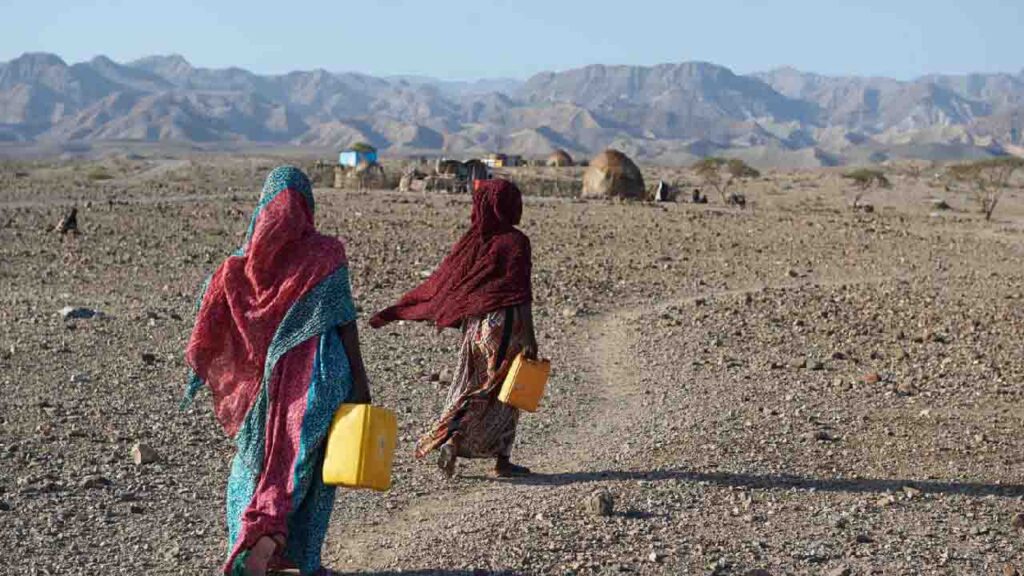Water, an essential resource for life, is becoming increasingly scarce in many parts of the world. As we face the challenges of population growth, climate change, and diminishing water sources, it is imperative to explore sustainable solutions for water conservation. One such solution that is gaining recognition and popularity is rainwater harvesting.
Rainwater harvesting is the practice of collecting and storing rainwater for future use. It involves capturing rainwater from rooftops, surfaces, and other catchment areas and directing it into storage tanks or underground reservoirs. This harvested rainwater can then be utilised for various purposes, such as irrigation, domestic use, and groundwater recharge.

The importance of rainwater harvesting lies in its potential to address water scarcity and promote sustainable water management. Here are some key reasons why rainwater harvesting is crucial:
Mitigating Water Scarcity: Water scarcity is a pressing global issue, with many regions facing water stress. Rainwater harvesting provides an additional source of water, reducing reliance on conventional water sources such as rivers, lakes, and groundwater. By capturing rainwater during the rainy season, it can be stored and used during dry periods, ensuring a more sustainable and reliable water supply.
Conservation of Freshwater Resources: Freshwater resources are finite and need to be conserved. Rainwater harvesting helps conserve freshwater by reducing the demand for treated or potable water. Collected rainwater can be used for non-potable purposes like gardening, toilet flushing, and washing clothes, thereby reducing the strain on freshwater supplies.
Environmental Sustainability: Rainwater harvesting promotes environmental sustainability in several ways. By capturing rainwater, it prevents runoff, which can lead to soil erosion, water pollution, and flooding. By reducing the volume of stormwater runoff, rainwater harvesting helps alleviate pressure on drainage systems and reduces the risk of urban flooding. Additionally, using harvested rainwater for irrigation reduces the need for energy-intensive groundwater pumping or reliance on surface water, thus minimizing the ecological impact on natural water bodies.
Cost Savings: Rainwater harvesting can result in significant cost savings, both for individuals and communities. By utilizing harvested rainwater for various non-potable purposes, households can reduce their water bills. In regions where water is supplied by tankers or through expensive piped water systems, rainwater harvesting can provide an economical alternative. Moreover, implementing rainwater harvesting systems can help reduce the infrastructure costs associated with expanding centralized water supply systems.
Groundwater Recharge: Groundwater is a vital water source for many communities. Rainwater harvesting can play a crucial role in replenishing groundwater levels. By allowing rainwater to percolate into the ground or directing it to recharge wells or boreholes, rainwater harvesting helps replenish aquifers and sustain groundwater availability, especially in areas where groundwater depletion is a concern.
Resilience to Climate Change: Climate change has led to unpredictable rainfall patterns and increased the frequency of droughts and floods in many regions. Rainwater harvesting provides a decentralized water supply system that is resilient to such climate variations. By capturing rainwater, communities can become less dependent on external water sources, ensuring greater self-sufficiency and adaptability to changing climatic conditions.
Implementing rainwater harvesting requires a combination of infrastructure, education, and policy support. Governments, communities, and individuals all have a role to play in promoting and adopting rainwater harvesting practices. This can be achieved through awareness campaigns, incentives for rainwater harvesting systems, and integrating rainwater management into building codes and urban planning.
As we navigate the challenges of a water-stressed world, rainwater harvesting offers an effective and practical solution. Its benefits extend beyond individual households to communities, agriculture, and industries. By adopting rainwater harvesting practices on a larger scale, we can create a significant positive impact on water availability and sustainability.
It is important to note that implementing rainwater harvesting systems requires careful planning, design, and maintenance. Factors such as catchment area, storage capacity, filtration, and water treatment should be considered to ensure the collected rainwater is safe for its intended use. Additionally, regular inspection and cleaning of gutters, pipes, and storage tanks are essential to maintain water quality.
Furthermore, educating and raising awareness about the importance and benefits of rainwater harvesting is crucial. Communities, schools, and organisations can play a vital role in promoting the adoption of rainwater harvesting practices through workshops, seminars, and educational campaigns.
By embracing rainwater harvesting as a part of our daily lives and integrating it into our water management strategies, we can contribute to a more sustainable and water-secure future for generations to come.







